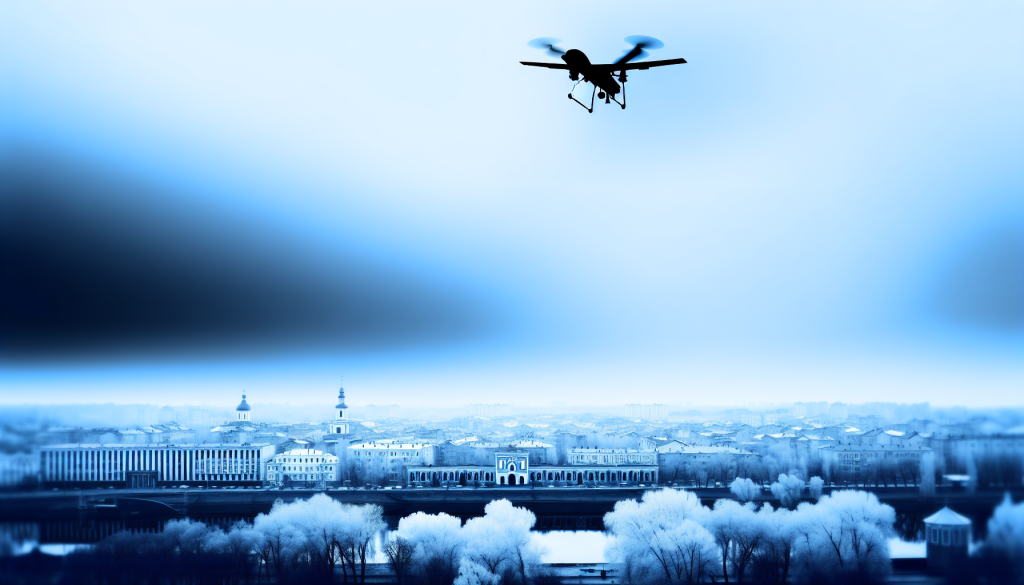In recent days, the intensity of conflict between Russia and Ukraine has escalated significantly. According to UK intelligence, an alarming uptick in drone warfare was observed, with Russia launching approximately 5,500 attack drones in September. This figure represents a dramatic increase from August, when roughly 4,100 drones were deployed. Analysts speculate that this reduction in August may have been a tactical maneuver by Russia, aimed at creating the semblance of readiness for “meaningful negotiations.” Yet, as of mid-October 2025, the onslaught seems unrelenting, with over 3,000 drones reportedly launched in just the first few weeks of the month.
The frequency and scale of these strikes shed light on Russia’s military strategy. September was marked by four large-scale attacks involving strategic bombers, showcasing an organized and relentless approach to aerial assaults. The most notable of these attacks occurred on September 7, when Russian forces targeted over 800 sites, with drones constituting the majority of the payload. This tactical deployment is not accidental; it is designed to overwhelm Ukrainian air defense systems and maximize the survival rate of Russian munitions.
Intelligence officials have observed that the use of drones in conjunction with missiles complicates Ukraine’s air defense efforts. In September alone, more than 70 of Russia’s latest AS-23a KODIAK cruise missiles—NATO-designated Kh-101 and Kh-102—were also launched. This multifaceted attack strategy aims to stretch the capabilities of Ukraine’s defense systems to their limits, hindering effective response and retaliation.
Moreover, Ukraine’s critical national infrastructure seems to be at the forefront of Russian targeting priorities. As winter approaches, there is a growing urgency in Russia’s operations aimed at crippling Ukraine’s energy systems. Notably, in October 2025 alone, Russia executed four large-scale attacks specifically aimed at key infrastructure facilities. These assaults are not just acts of warfare; they have profound implications for everyday life in Ukraine, particularly as temperatures drop and the need for reliable energy sources becomes paramount.
Drone Attack on October 21
In a recent and tragic event, Russian forces conducted a massive strike on Novhorod-Siverskyi in the Chernihiv region on October 21. Approximately 20 attack drones were used in this assault, reflecting the ongoing trend of increased drone warfare. Sadly, the attack resulted in the loss of three lives and left ten civilians injured, including a 10-year-old girl. Such incidents underscore the human cost of this conflict, affecting not just soldiers on the battlefield but entire communities caught in the crossfire.

